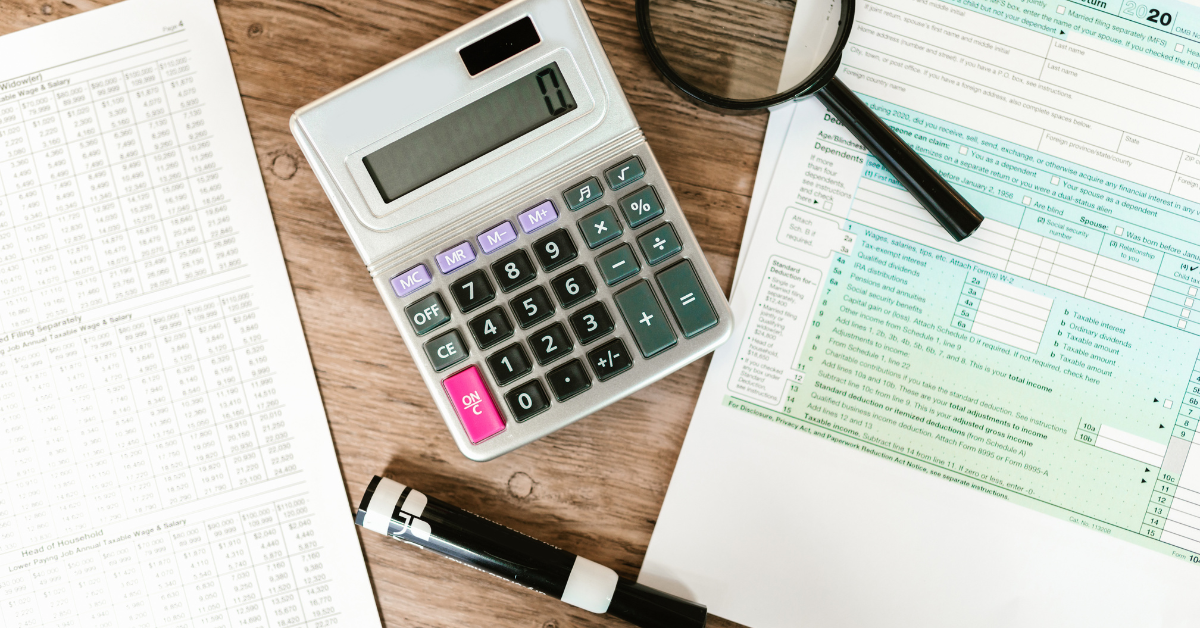Introduction: Understanding Debt
Debt can be a significant emotional and financial burden, especially when it feels like you’ll never be able to pay it off. According to a Gallup survey, more than half of Americans have some form of debt, and many struggle to balance their personal finances. However, you don’t have to face this battle alone. By taking a structured approach and having a clear action plan, you can tackle your debt without feeling overwhelmed.
Step 1: Acknowledge the Debt
The first step in getting out of debt is acknowledging it. Avoiding or ignoring your debt can heighten anxiety, while confronting it head-on gives you control. Start by making a complete inventory of all your debts: credit card balances, student loans, mortgages, etc. Write down the balance of each debt, the interest rate, and the minimum monthly payment. This will allow you to clearly see the size of your debt and how it’s affecting your financial life.
Step 2: Assess Your Financial Situation
Once you have identified your debts, it’s time to assess your current financial situation. Create a detailed monthly budget, considering your sources of income, essential expenses (housing, food, transportation, etc.), and discretionary spending. This will help determine how much money you can allocate toward debt repayment. If you don’t have a budget, now is the time to create one.
Step 3: Prioritize Your Debts
With all the information in hand, you can begin to prioritize your debts. The most common method is the Avalanche Method, which focuses on paying off the debts with the highest interest rates first. This will help you save money in the long run. Alternatively, the Snowball Method focuses on paying off the smaller debts first, which can be more motivating psychologically. Choose the method that best fits your profile and situation.
Step 4: Explore Debt Repayment Strategies
There are several strategies you can adopt to accelerate your debt repayment. One is debt consolidation, where you combine all your debts into a single loan with a lower interest rate. Another option is debt negotiation, which may involve reducing the interest rate or negotiating a lump-sum payment with the creditor. If necessary, consult with a financial advisor for the best options available.
Step 5: Stay Consistent and Motivated
The journey to paying off debt can be long and at times challenging. That’s why it’s essential to stay consistent and motivated. Set small, celebratory goals for each debt you pay off, and celebrate those victories. Use budgeting and debt-tracking apps to keep track of your progress.
Conclusion: You Can Overcome Debt
While paying off debt may seem daunting, having a clear plan and following it step-by-step is the key to overcoming the situation. By acknowledging your debt, prioritizing payments, and staying focused, you can achieve financial freedom. Consistency and patience will be your greatest allies throughout this process.




